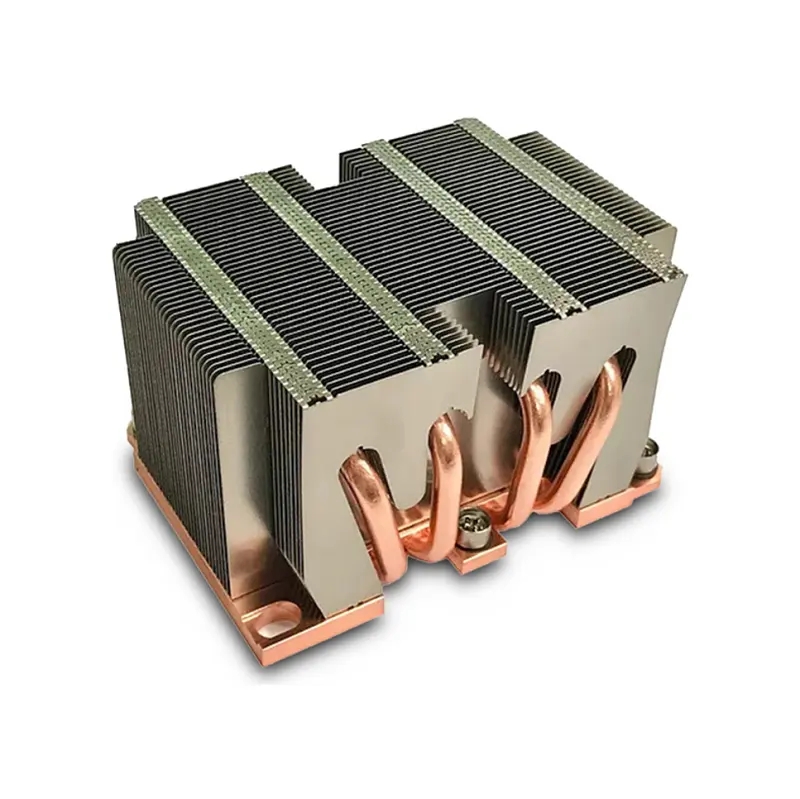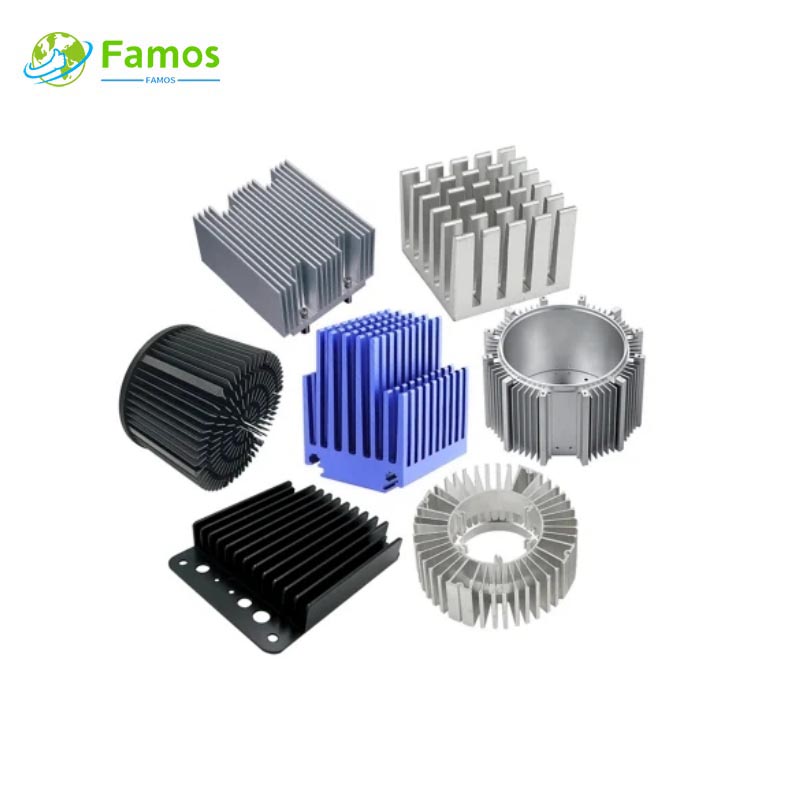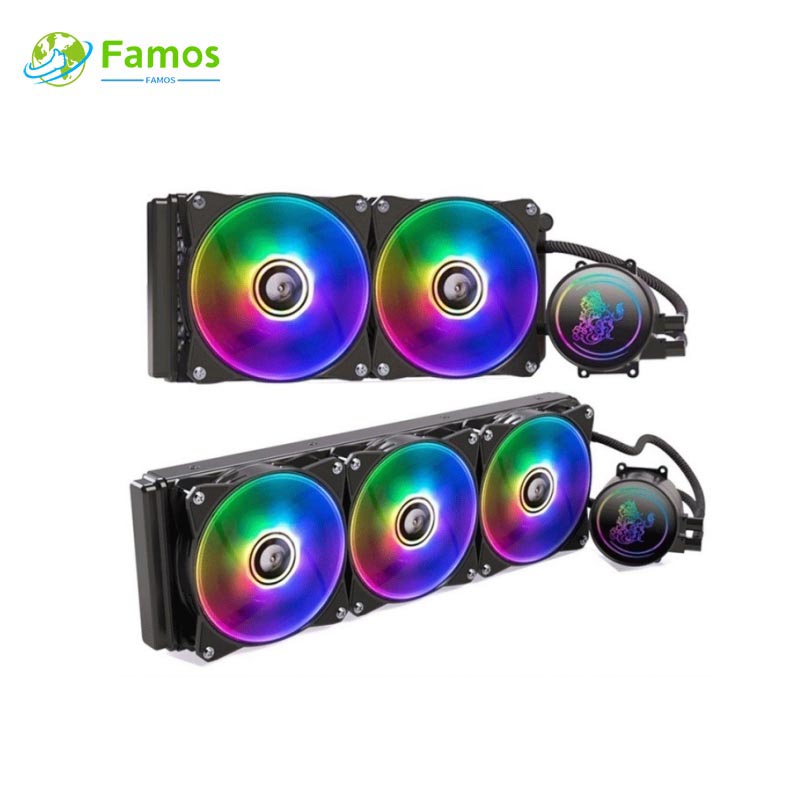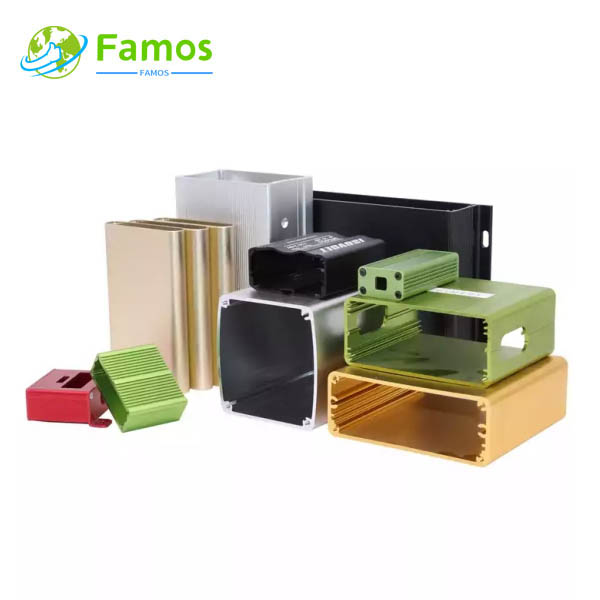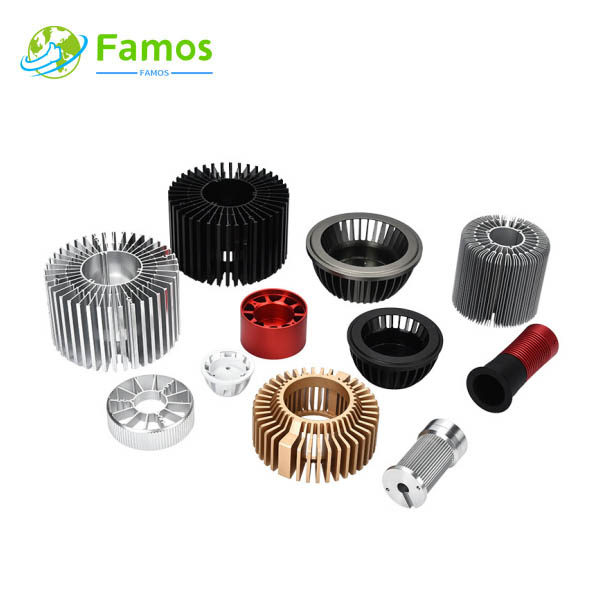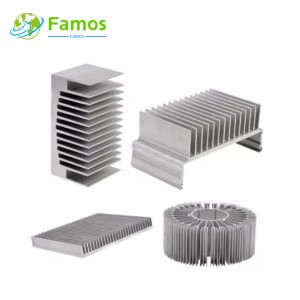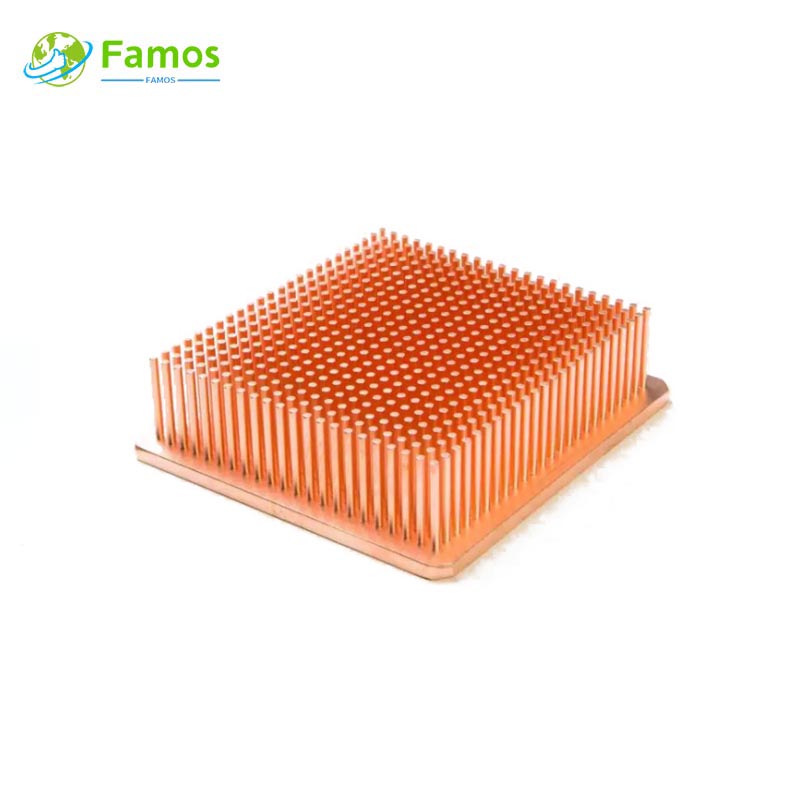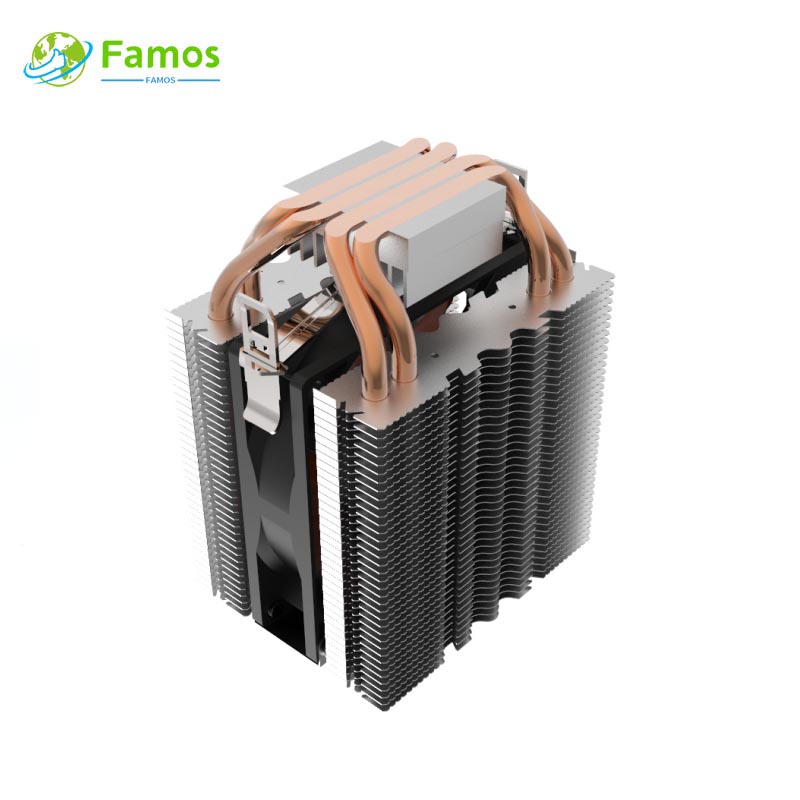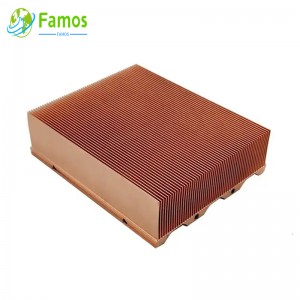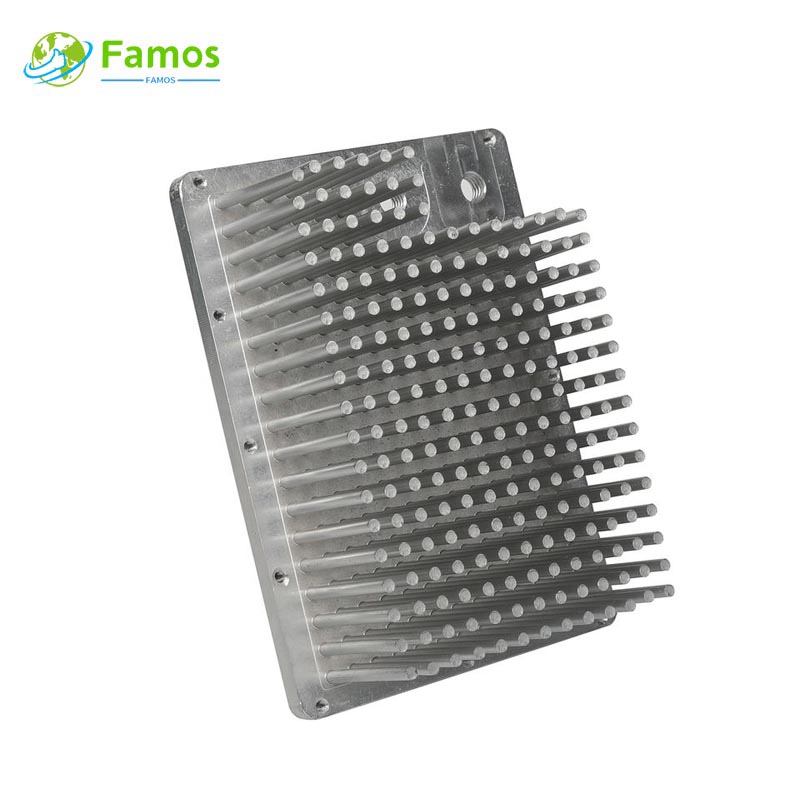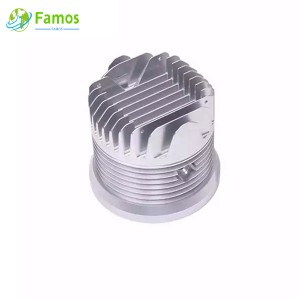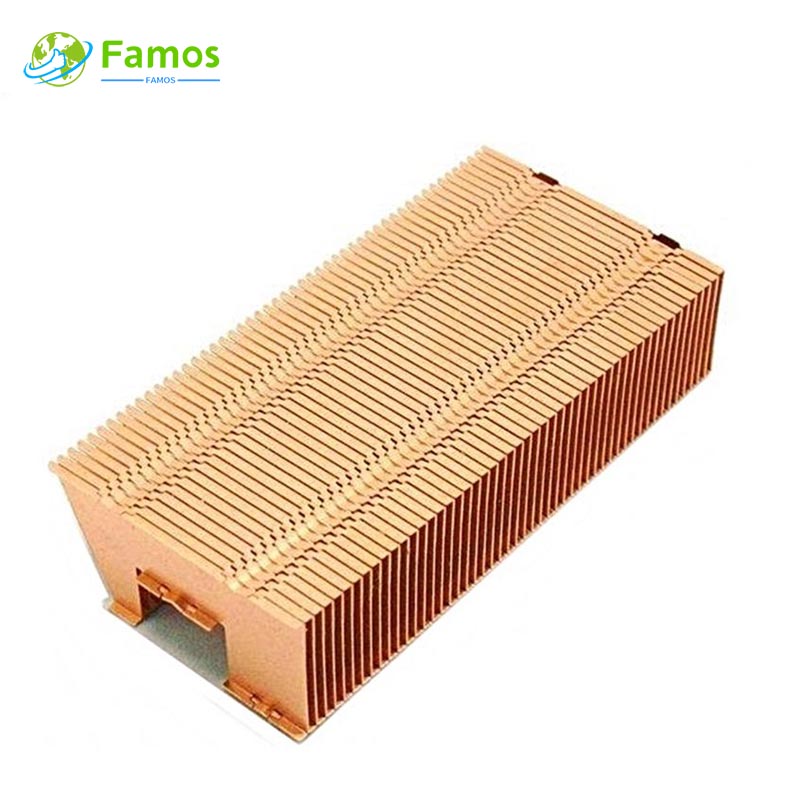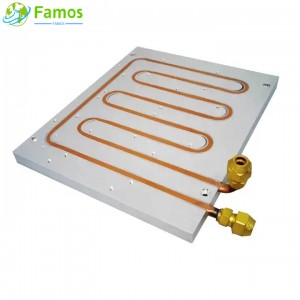In today's advanced technological era, the demand for high-performance electronic devices and modules has skyrocketed. With more complex and powerful processors, graphics cards, and other electronic components, managing excess heat generated by these components has become a significant concern. Heat pipe heat sinks have emerged as a viable solution, offering several advantages over traditional cooling methods. In this article, we will delve into the world of heat pipe heat sinks, exploring their advantages and applications.
What is a Heat Pipe Heat Sink?
A heat pipe heat sink is a passive cooling device that utilizes a working fluid to transfer heat from a heat source to a heat dissipation surface. It consists of a sealed copper or aluminum tube with an internal wick structure and a small amount of working fluid, such as water or ammonia. The working fluid evaporates when it comes into contact with the heat source, carrying the thermal energy to the heat dissipation region. There, the vapor condenses, releasing the heat, and the condensed fluid returns to the heat source through capillary action.
Advantages of Heat Pipe Heat Sinks
1. Efficient Heat Transfer: Heat pipe heat sinks provide highly efficient heat transfer capabilities. The working fluid in the pipe undergoes a phase change from liquid to vapor and back to liquid, enabling a large amount of heat to be transported with minimal temperature differences. This efficient heat transfer helps in maintaining optimal operating temperatures for electronic components, preventing overheating and performance degradation.
2. Low Thermal Resistance: Heat pipe heat sinks offer exceptionally low thermal resistance compared to traditional cooling methods. The high thermal conductivity of the working fluid and the capillary action within the wick structure facilitate swift heat dissipation, minimizing the temperature rise across the heat sink. The low thermal resistance ensures effective cooling and prevents thermal throttling, enhancing the overall performance and reliability of electronic devices.
3. Flexible Designs: Heat pipe heat sink designs are flexible and adaptable to various space constraints and applications. They can be customized to fit specific electronic devices, ranging from laptops and desktop computers to high-power LED lights and server racks. The modular nature of heat pipe heat sinks allows for easy integration into existing cooling systems or the creation of dedicated cooling solutions.
4. Silent Operation: Heat pipe heat sinks operate silently due to their passive cooling mechanism. Unlike active cooling methods, such as fans or pumps, heat pipe heat sinks do not generate noise or vibration, making them ideal for noise-sensitive environments, including home theaters, recording studios, and quiet office spaces.
5. Reliability and Longevity: Heat pipe heat sinks are known for their durability and long lifespan. With no moving parts, they are less prone to mechanical failures and require minimal maintenance. The hermetically sealed design protects the working fluid from contamination, ensuring consistent and reliable heat transfer performance over extended periods.
Applications of Heat Pipe Heat Sinks
1. Personal Computers: Heat pipe heat sinks find extensive use in desktop and laptop computers to cool high-performance processors, graphic cards, and other heat-generating components. They efficiently dissipate heat, preventing thermal throttling, and allowing for smoother multitasking, gaming, and content creation experiences.
2. LED Lighting: Heat pipe heat sinks are utilized in high-power LED lights to manage the excess heat generated by the LED chips. They enhance the longevity of LEDs by ensuring optimal operating temperatures, reducing color shifts, and maintaining consistent luminosity over time.
3. Aerospace and Defense: Heat pipe heat sinks play a crucial role in aerospace and defense applications, where thermal management is of the utmost importance. They are used in avionics, radar systems, radomes, and satellite equipment to dissipate heat and maintain reliable operation in extreme environmental conditions.
4. Telecommunications: Heat pipe heat sinks are employed in telecommunications equipment, including radio frequency power amplifiers and base station components. They help dissipate the heat generated during high-frequency operations, ensuring uninterrupted communication and preventing performance degradation.
5. Renewable Energy: Heat pipe heat sinks are being increasingly used in various renewable energy systems, such as solar power plants and wind turbines. They assist in cooling power electronic components, inverters, and transformers, improving overall efficiency and sustainability.
Conclusion
Heat pipe heat sinks have revolutionized the cooling industry, offering numerous advantages over traditional cooling methods. With their efficient heat transfer, low thermal resistance, and silent operation, they ensure the optimal performance and longevity of electronic devices. From personal computers to aerospace applications, heat pipe heat sinks find diverse usage, enabling effective thermal management in various industries. As technology continues to advance, heat pipe heat sinks will undoubtedly play a significant role in maintaining the reliability and performance of the electronic devices we rely on every day.
If You Are in Business, You May Like
Types of Heat Sink
In order to meet different heat dissipation requirements, our factory can produce different type heat sinks with many different process, such as below:
Post time: Jun-30-2023

